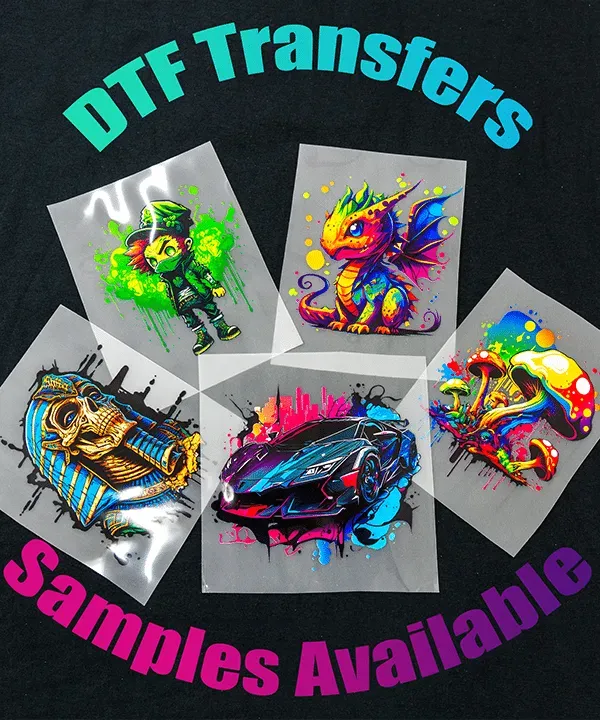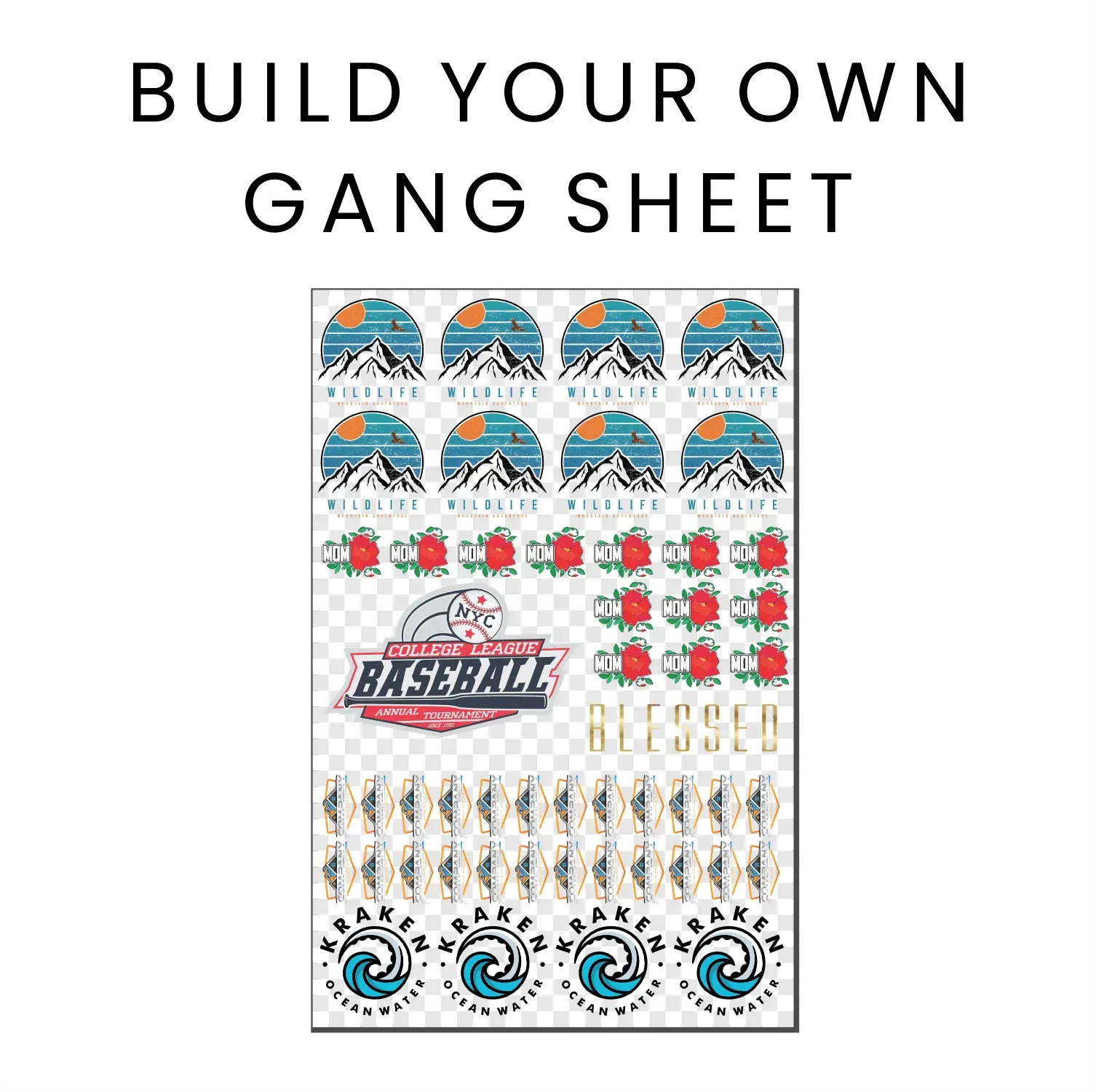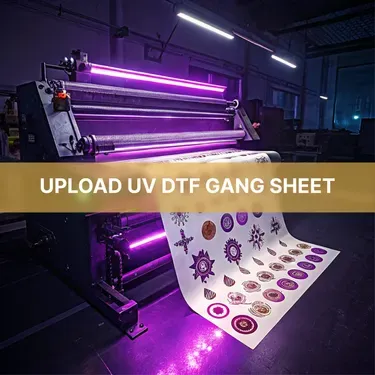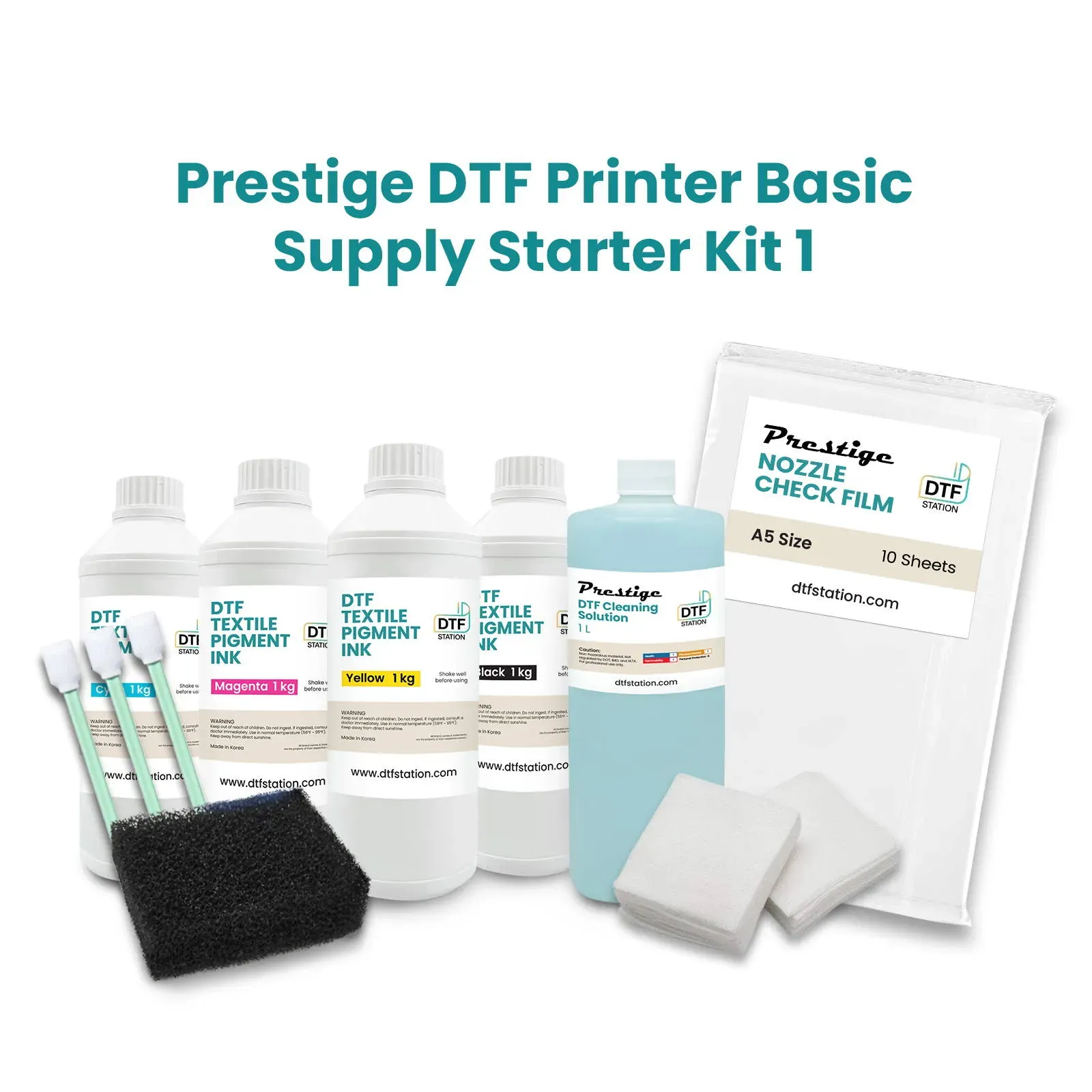DTF Printing: Your Step-by-Step Guide to Mastering Techniques
DTF printing, or Direct-to-Film printing, is transforming the world of textile printing, enabling creators to apply stunning designs on a variety of fabrics effortlessly. This innovative printing technique has captivated both artists and businesses due to its vibrant color output, versatility across fabrics, and ease of use. As we delve into this guide, you will discover the step-by-step process of mastering the DTF printing process, starting from the essentials of DTF printing equipment to the intricacies of DTF artwork preparation. Whether you’re just beginning or looking to enhance your expertise, understanding the fundamentals of DTF transfer films will elevate your printing projects to new heights. Join us on this creative journey to unlock the full potential of DTF printing in your fabric designs.
Direct-to-Film printing, often abbreviated as DTF printing, is an emerging technique that bridges the gap between traditional textile printing and modern technology. This approach offers a unique way to transfer designs onto various substrates by using special films, making it a popular choice for apparel customization. The DTF printing process has quickly gained traction for its ability to produce intricate, high-quality designs with ease, appealing to both small businesses and large-scale manufacturers. By learning about DTF transfer films, the necessary equipment and the right artwork preparation methods, you can start your own journey in the stylish world of fabric printing. In this guide, we’ll cover everything you need to know to harness the power of this cutting-edge printing method.
The Benefits of DTF Printing Technology
DTF printing offers a range of advantages that make it a preferred choice for textile printing enthusiasts and businesses alike. One of its standout features is its versatility; this method allows for vibrant designs on various materials, including cotton, polyester, and their blends. Unlike screen printing, which may be suited only for specific fabrics, DTF printing can accommodate a broader array of textiles, enabling artists to expand their creative horizons. This flexibility allows for diverse applications, from custom t-shirts to elaborate fashion pieces.
Additionally, the color quality achieved through DTF printing is exceptional. The combination of specially formulated inks and transfer films results in strikingly vivid and detailed designs that stand out on any garment. This quality is essential in a competitive market where visual appeal significantly impacts consumer choices. Furthermore, the ease of use associated with DTF printing, particularly for beginners, makes it a go-to option for those looking to enter the world of textile printing.
Essential Equipment for DTF Printing
To successfully embark on your DTF printing journey, investing in the right equipment is crucial. A reliable DTF printer is at the heart of the operation; it’s advisable to choose models designed specifically for this type of printing, such as those from reputable brands like Epson. These printers are engineered to deliver high-resolution prints with excellent color fidelity, ensuring that your designs translate beautifully from film to fabric.
Alongside the printer, having quality DTF transfer films is imperative. The right film will ensure proper ink adherence and optimal results during the heat transfer process. When selecting films, look for those that are compatible with your printer and known for their durability and flexibility. Together, the right printer and transfer films set the foundation for successful DTF printing.
Preparing Your Artwork for DTF Printing
Artwork preparation is a vital step in the DTF printing process that can significantly affect the final outcome. Utilizing professional design software like Adobe Illustrator or CorelDRAW is recommended, as these programs provide the necessary tools to create high-quality graphics. Once your design is ready, ensure that it is formatted correctly, typically in RGB color space and at a high resolution of 300 DPI. This attention to detail will prevent potential printing issues and ensure your designs maintain their vibrancy.
Another important aspect of artwork preparation is ensuring the dimensions align with the transfer film size. Misaligned artwork can lead to undesirable results and wasted materials. Before sending your design to print, double-check that the dimensions match your intended fabric’s size, and you are ready to handle the DTF printing process with confidence.
The DTF Printing Process Explained
Understanding the DTF printing process is crucial for achieving optimal results. Start by configuring your DTF printer settings for maximum performance; this includes adjusting the print quality to the highest setting and selecting the correct media type. These settings play a pivotal role in how your final print will appear, affecting both sharpness and color quality.
A critical step in the printing process is the mirrored printing technique. Printing your design in reverse is necessary to ensure that it transfers correctly onto the fabric. This step is often overlooked but is essential for preventing any backward texts or images when applied. Consistent attention to these details ensures high-quality outcomes that meet your expectations.
Heat Transfer Application Techniques
Applying the DTF transfer to your fabric is where the magic happens; this step involves careful technique to ensure success. Immediately after printing, applying a powder adhesive to the wet ink is crucial. This powder acts as a bonding agent, allowing the design to adhere firmly to the fabric during the heat transfer process.
Once the adhesive is in place, use a heat press for the transfer application. Standard settings typically involve temperatures between 320°F to 350°F for about 10-15 seconds, although these may vary based on fabric type. This step requires precision; the right balance of pressure, time, and temperature ensures maximum adhesion and a long-lasting print.
Maintaining Your DTF Prints for Longevity
Post-transfer care is vital for preserving the quality of your DTF prints over time. One of the first things to do after applying the heat press is to allow the fabric to cool down. Cooling helps cure the design, contributing to its longevity and durability. Skipping this step can lead to premature peeling or cracking of the design, diminishing its overall appearance.
It’s equally important to educate clients on the proper care of DTF printed garments. Recommend washing the fabrics in cold water and avoiding high heat during the drying process. Educating customers not only enhances their experience but also maximizes the lifespan of the designs, ensuring they remain vibrant and intact even after multiple washes.
Frequently Asked Questions
What is the DTF printing process and how does it work?
The DTF printing process, or Direct-to-Film printing, involves printing a design onto a special transfer film using a DTF printer. After printing, a powder adhesive is applied to the wet ink, which is then heat-pressed onto the fabric. This method allows for vibrant and detailed designs to be transferred onto various materials.
What types of fabrics can be used with DTF printing?
DTF printing is versatile and can be used on a variety of fabrics such as cotton, polyester, and fabric blends. This adaptability makes it an ideal choice for various apparel, extending its usage across different textile applications.
What equipment is necessary for DTF printing?
To get started with DTF printing, you’ll need specific DTF printing equipment, including a high-quality DTF printer, DTF transfer films, DTF-specific water-based inks, and a reliable heat press. This combination ensures successful printing and adhesion of designs to fabric.
How should I prepare my artwork for DTF printing?
DTF artwork preparation is crucial for quality results. Use professional design software like Adobe Illustrator or CorelDRAW, ensuring your files are in RGB format and at least 300 DPI. Additionally, confirm the dimensions match your transfer film to avoid errors during the printing process.
What are common issues faced during DTF printing and how can they be resolved?
Common issues in DTF printing include ink smudging, adhesion problems, and printer maintenance challenges. To resolve these, use high-quality materials, ensure proper curing time, and regularly maintain your printer to avoid ink clogs, enhancing print quality.
What is the recommended care for DTF printed fabrics after transfer?
Proper post-transfer care for DTF printed fabrics includes allowing the fabric to cool after heat pressing, which improves durability. Additionally, advise clients to wash the fabric in cold water and avoid high heat during drying to prolong the life of the design.
| Section | Key Points |
|---|---|
| Introduction | DTF printing revolutionizes textile printing with vibrant designs on various fabrics. |
| Understanding DTF Printing | DTF involves printing on a special film for transfer; it’s versatile, color-rich, and user-friendly. |
| Key Materials Required | Essential items include a DTF printer, quality transfer films, and DTF-specific inks. |
| Artwork Preparation | Use software like Illustrator to create high-resolution, correctly formatted designs. |
| Printing Process | Adjust printer settings, and ensure designs are printed in mirrored format. |
| Applying the Transfer | Apply powder adhesive to prints, then use a heat press to transfer designs. |
| Post-Transfer Care | Cool prints after pressing, and educate on gentle washing methods. |
| Troubleshooting | Address common issues like ink smudging and adhesion problems by checking materials. |
| Additional Resources | Utilize online shops, YouTube, and community forums for further learning. |
Summary
DTF printing has transformed the landscape of fabric printing, offering an innovative solution for artists and businesses to create vibrant designs with diverse applications. By mastering DTF printing techniques, users can explore endless creative possibilities while ensuring high-quality results that stand out in the competitive market. This method’s straightforward approach, coupled with the right materials and consistent practice, enables anyone to succeed in producing stunning fabric prints that resonate with consumers’ tastes.







